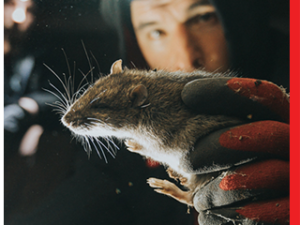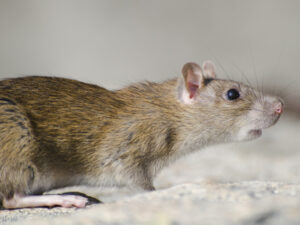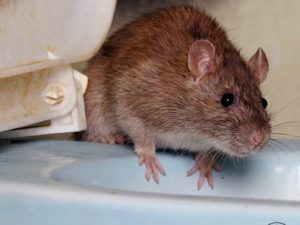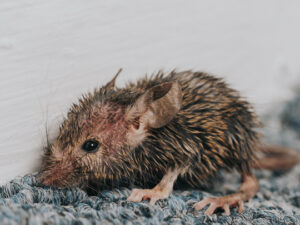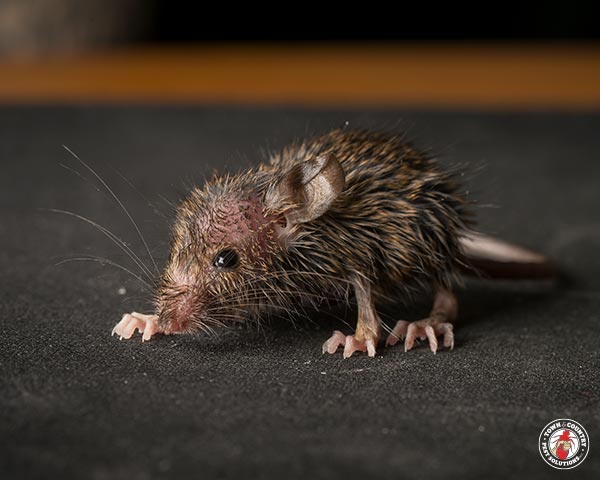
For many people, the term “rodent” may trigger a mild feeling of disgust accompanied by a mental picture of a filthy-looking critter with an unpleasantly grey-colored fur coat rummaging through garbage bins or stored foods in kitchens. It is likely that a large number of people would be hard-pressed to describe a single rodent that is not a rat or mouse species. This is understandable, as the Norway rat and the house mouse have lived alongside humans for thousands of years, making them the most commonly encountered rodent species in urban and suburban environments, with the likely exception of squirrels. In fact, around ⅓ of Americans have experienced rodent pest issues within their home at some point. Not only are Norway rats and house mice the two most common mammalian pests of structures, but they are known for carrying dozens of disease-causing microorganisms that have led to pandemics, most notably the Bubonic plague in the case of rats. More than 1,500 rodent species have been documented, which accounts for 40 percent of all known mammalian species worldwide. In addition to rats and mice, voles, beavers and chipmunks are categorized as rodent pests of cultivated landscapes, gardens, and/or crops.
The house mouse is accustomed to dwelling almost entirely within indoor habitats where they rely on human activity for the resources they need to survive. Animals that have evolved on their own to dwell primarily amongst humans in urban environments are known as “synanthropes.” While the Norway rat is also a synanthrope due to its urban habitat and its reliance on human food-waste for sustenance, they prefer to dwell outside of manmade structures in most circumstances. That being said, the Norway rat would not be the highly successful and globally distributed species it is today if it were not for their history of deriving survival benefits from their association with humans. Unlike house mice, which build nests almost exclusively within enclosed indoor areas, Norway rats excavate ground burrows where they are well protected from external threats like predators and adverse weather conditions. However, if indoor conditions are more conducive to their survival than outdoor conditions, Norway rats will readily invade manmade structures. According to a recent nationwide survey of pest control professionals, the house mouse is the most commonly managed rodent pest within structures, followed by the Norway rat and the deer mouse.
Have you ever encountered a rat within your home?

